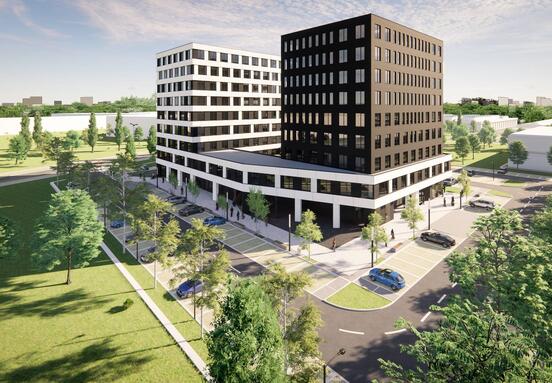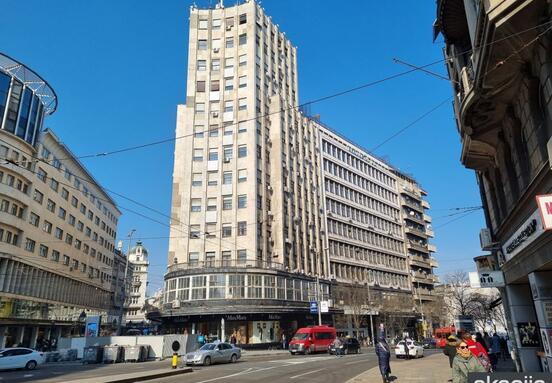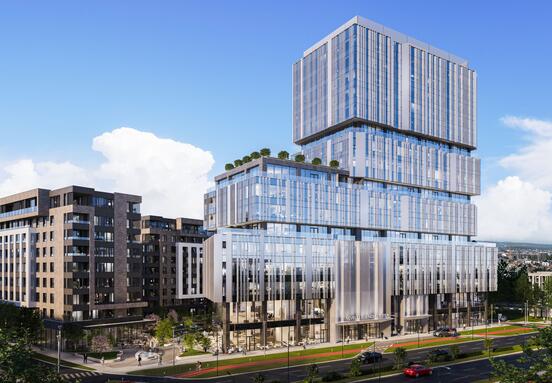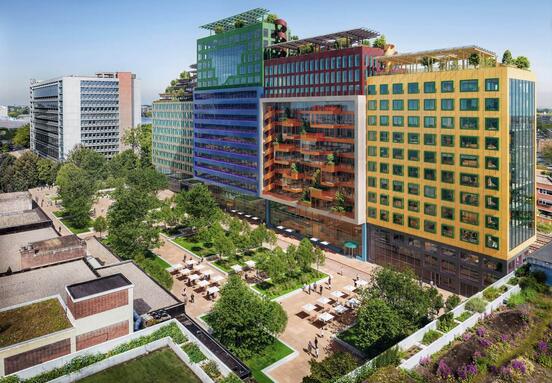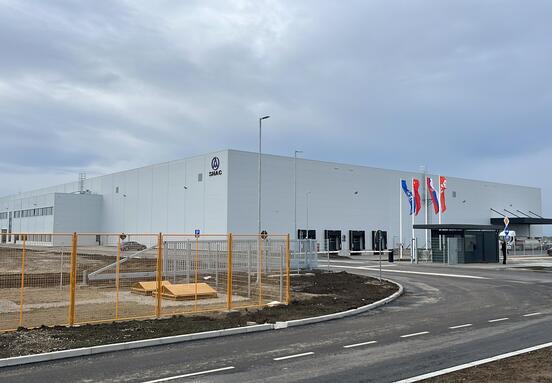According to the Belgrade research forum data, during 2013, a total number of business premises lease increased by 30% compared to the previous year.
- Since in 2014, only a slight increase in offer for 7.500 square meters is expected and that in late 2013, the available space rate reached the lowest level of 12% in the past three years, it is realistic to expect that positive growing trend of renting increase will continue in 2014. Of course, with stable renting prices and a one-number rate of available space by the end of the year – the Belgrade research forum announced.
Lack of business premises
Andrew Peirson, director at JLL, real estate consulting company says in his interview for eKapija that offer in all real estate sectors is smaller than demand.
- In general there is under-supply across every real estate sector. Perhaps the most in need of new space are the office and retail markets, with Belgrade in particular deperately in need of new supply. Whilst development in New Belgrade will always yield positive results, it is Old Belgrade where supply is nowhere near the level of demand.
Our collocutor mentions that companies are forced to locate in New Belgrade as this is where the vast majority of modern stock is located.
- Similarly almost all the retail stock is located in New Belgrade, and with the majority of the population living across the river it leads to mass migration every day for working and shopping - Peirson points out.
Jovan Ciric from the real estate consulting company, Danos, confirms that the A office space in Novi Beograd is almost fully booked.
- This proves investors’ interest to start new project. During the past two years, there is an increased demand for smaller areas and spaces between 200 and 500 m2 dominate – Ciric says.
Peirson says that today there is a lack of large open plan office floors, and this is what is needed if we are to continue seeing the expansion of shared service centres.
- Such centres are what really drives emerging markets such as Belgrade and companies looking at Belgrade with a view to outsourcing here will struggle to find available buildings to suit their needs. Worryingly there is a surplus of such space in cities such as Zagreb, Sofia, Budapest and Bucharest.
Square meter price to go up as of 2015
Jovan Ciric from Danos mentions that renting prices range from EUR 7 to 14 EUR per square meter, depending on quality of space, size and location.
- We expect that prices will not increase compared to 2013. Apart from that, we expect that prices of less quality office space decrease slightly in 2014 – Ciric estimates.
Andrew Peirson agrees that the prices won’t grow substantially, adding that 2014 will be the year when rents will stabilise from years of fluctuation.
- However, unless we see meaningful construction starting this year however we will witness rent increase during 2015 and 2016 – the director of JLL points out.
What will office premises demand be like in 2014?
Danos thinks demand will depend on economic situation of country and penetration of foreign companies to our market.
- In line with these tendencies, we do not expect higher demand compared to 2013.
JLL expects that this year will see a demand for some 40 to 50 thousand square meters of new space.
- However we don’t have 40-50,000m2 of vacant offices and therefore companies will be forced to either remain in existing space or to look elsewhere to expand, such as Indjija and Novi Sad.
Office space in old part of Belgrade
Plenty of office space at the territory of the Stari grad municipality is empty and some office buildings have not been sold for years. For example, the Yugoexport building in Kolarceva street, the elite zone of the capital, has not found a new owner in a couple of sales attempts during the past five years. The last auction sales failed in early April.
Our collocutors estimate that free office space in the old part of Belgrade is not of an adequate standard so it is less popular for company positioning.
As one of the main reasons for weak demand for offices on the right coast of the Sava, Jovan Ciric mentions the problem of parking and difficult traffic communications.
Andrew Peirson points out that buildings that are for sale cannot easily be redeveloped into modern space and so it would require complete demolition.
- The prices sought for the majority of buildings downtown make any potential development non-viable. What we need to see downtown are the government owned buildings sold, as we have seen in numerous capital cities across the region. By doing this, and simplifying planning on the sites, the state will realise capital of inefficient buildings and free up development space to revitalise the city centre. Gone are the days when all bank and government departments need to be located downtown.
Source: ekapija.com
Publisher: ekapija.com
